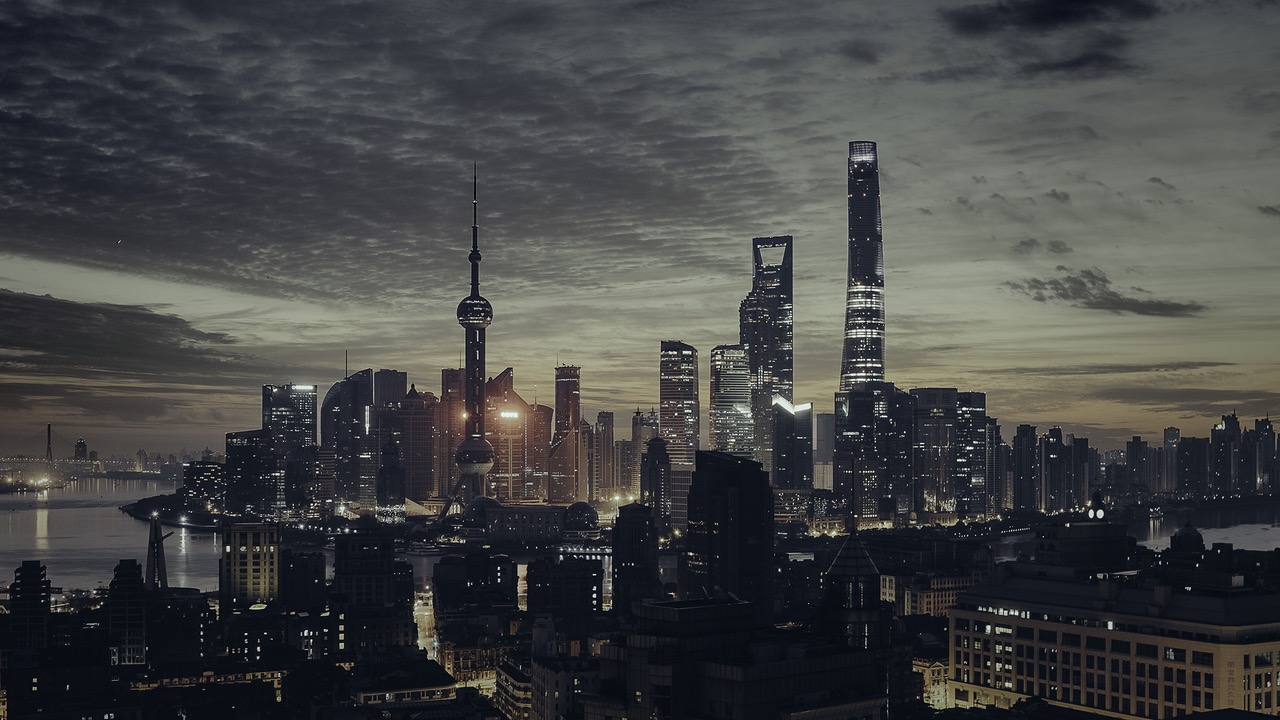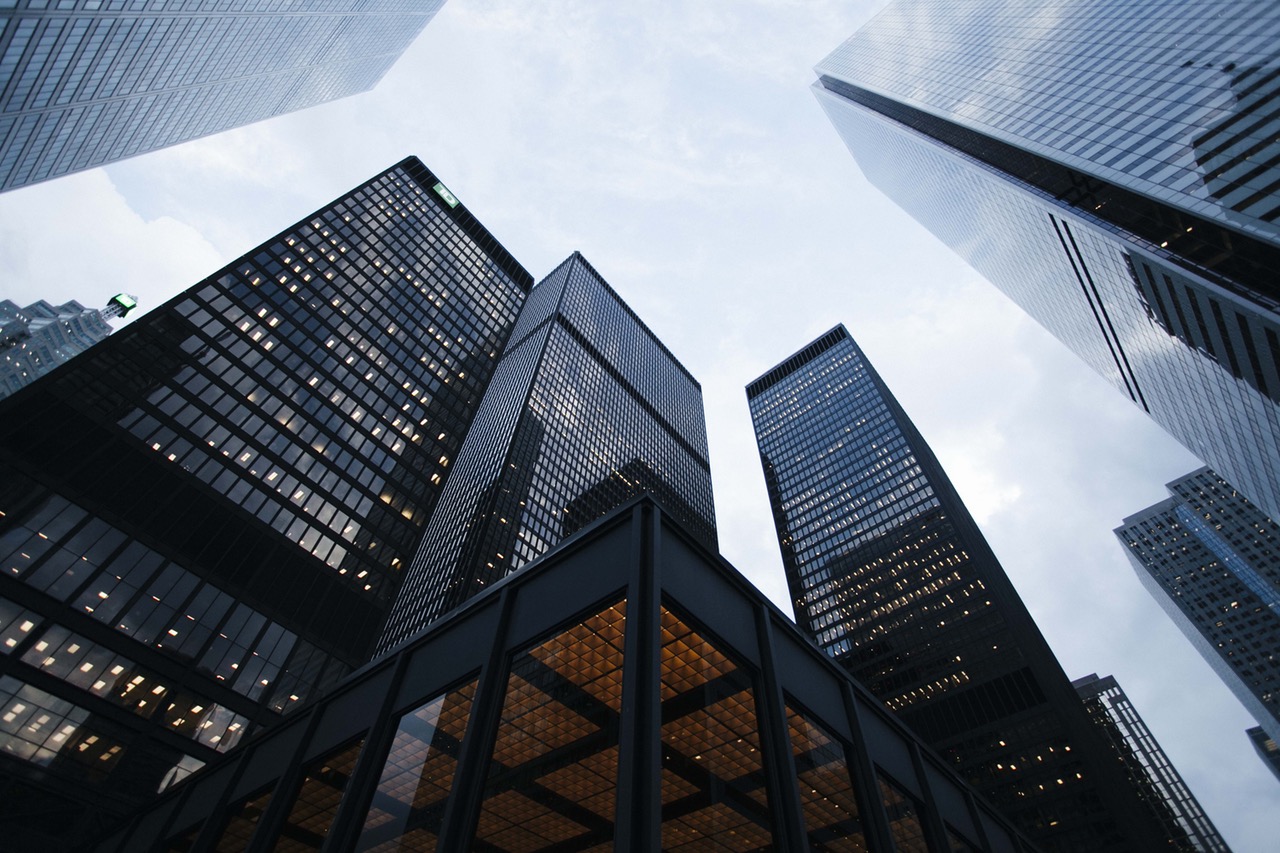From New York City to London and Shanghai, skylines are nothing without skyscrapers standing impressively on the outline.
The tallest skyscraper on record, the Burj Khalifa in Dubai, is one of the tallest on record, measuring 828 metres — 830 to the tip. It even has its own Twitter handle!
With offices, apartments, hotels and event spaces, it’s important that skyscrapers are spick and span both inside and out – but how do they get cleaned? DCS Multiserve, a cleaning company in Newcastle, has some interesting insights on this daring tasks…
The conditions are fierce…
Cleaning a skyscraper involves working in unique – and often extreme – conditions, which make it different to every other cleaning project.
Cleaners need to work at height, creating more risk than working at ground level. The height also brings risks of extreme weather conditions – high levels of heat and exposure to strong winds. Operatives need to be protected, which means regular safety drills are a must, while a comprehensive health and safety procedure must be followed.
The equipment is key…
In the past, when working at a height, cleaners stood on window ledges to do their work without any safety precautions – they held onto a ledge for support while they worked.
Soon, leather belts were introduced to anchor workers into place, which increased safety a little, though it wasn’t long before scaffolding platforms were introduced to make work even safer.
Now, for cleaning tall buildings and skyscrapers, cleaners work attached to a rope and harness, tied into a Bosun’s chair with a descent mechanism. This setup allows window cleaners to cover large areas quickly: they’re attached to an anchor mounted on the roof, so cleaners can descend downwards and work as they go.
Another form of equipment used in the cleaning of skyscrapers is the carriage. Mounted on a rail, the carriage holds multiple cleaning operatives who can work as a team to clean big areas quickly.
When the Burj Khalifa was cleaned previously, 12 13-tonne machines were used. Fixed to the building whilst the 36 cleaners did their work from secure metal cages, each machine covered 40 storeys.
Working from the cages, the cleaners on the Burj Khalifa used relatively traditional equipment. Armed with hot water and a squeegee, they had to work in the extreme sun and heat to get the job done. To protect themselves from the heat, they had to wear specialist moonsuits and were only allowed to work in protected areas.
Perfection comes to those who wait…
As common sense tells us, the bigger the skyscraper, the more windows there’ll be – and the longer the cleaning process will take. It’s safe to say that whatever the size, the process is long.
In the case of the Burj Khalifa, for example, it took 36 window cleaners three months to wash its 206 storeys of windows – that’s 24,000 windows in total; a total of 120,000 square metres of glass. That’s a lot of soap!
Sources
- http://www.dailymail.co.uk/news/article-1240837/Brave-window-cleaners-challenge-worlds-tallest-skyscraper-Dubais-Burj-Khalifa.html
- http://www.telegraph.co.uk/news/worldnews/middleeast/dubai/6936250/Burj-Khalifa-window-cleaners-to-spend-months-on-worlds-tallest-building.html
- http://www.express.co.uk/news/uk/487103/Shard-needs-window-cleaners-with-a-head-for-heights
- https://www.scienceabc.com/humans/clean-skyscrapers-windows-washers-equipment-height-bosun-chair-boom-carriage.html


